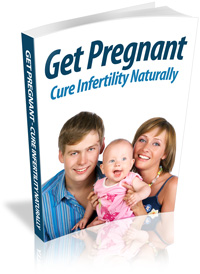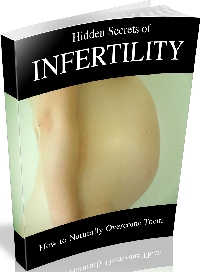Infertility Statistics
In 1995, Center for Disease Control and Prevention reported 6.1 Million women and their partners are suffering from Infertility. By 2002, the figure has ballooned to 7.3 Million. About 12% of the total couple population, or more than 7 Million couples accounts for the number of couples having difficulties with getting pregnant, including reported male infertility cases. The inability to conceive after a year of unprotected intercourse and the inability to carry a pregnancy into its full term characterize infertility.
Women aging from 15 to 44 are diagnosed with impaired fecundity, a term used for the inability to carry a baby in the uterus once conception occurs, are estimated to have reached 7.3 Million. This translates to an 11.8% of the total women population. 7.4% of the women populace are considered infertile, and are unable to get pregnant. These 2.1 Million women only make up 11.4% of the total women population.
75% of the infertility cases are caused by biological make up such as sperm count problems, ovulation problems and fallopian tube abnormalities. About 25% of the cases are due to complications caused by sexually transmitted diseases resulting from unprotected sex with multiple partners. 10% of the cases are caused by Pelvic Inflammatory Disease.
Of the 7.3 Million women who are suffering from infertility, only 6.1% have sought professional diagnosis and treatment. 4.1% have undergone thorough and multiple fertility tests and only a bit more than 1% have taken medical treatments.
In England, less than 1% of hospital consultations are reported to be due to female infertility and 100% of these consultations required hospital admissions for fertility tests and procedures. Of these reported cases, the mean age for women being affected by infertility is at 35 years of age.
The age of a woman has been reported to be a mitigating factor of infertility. A woman is most fertile at the age of 20 to 32. After 40s, a woman’s chance to conceive is significantly reduced by 37%. At the age of 45, a woman’s fertility dips to a low of 15%. The chances of having complications during pregnancy increase by 30% once a woman gets pregnant at the age of 35.
A biological condition of a woman, like PCOS or Polycistic Ovarian Syndrome, affects about 15% of reproductive age women. Attributed to hormonal imbalance, a woman’s ovaries are riddled with multiple cysts that cause irregular menstrual cycle, thus a repeated disruption of the ovulation cycle.
Other factors contributing to infertility only make up about 20% of the total infertility cases. These external factors are often environment acquired and include use of toxic substances. Men who are diagnosed with infertility are often due to lifestyle practices, and only about 10% of male infertility is caused by biological make up, such as hormonal imbalance resulting to less production of testosterone, consequence of a childhood disease like mumps, and inherent low sperm count.
Stress plays a significant role affecting a person’s fertility. For both men and women, this 20% “external factor” is considered to be the pivotal key affecting a couple’s chance to conceive.
Lifestyle and personal habits like excess alcohol intake, cigarette smoking and intake of medical drugs play a big role in fertility. These components are significant factors affecting sperm count, sperm motility (or ability to move) and sperm shape.
A number of treatments are available in the market. Ranging from prescriptions like Clomid, fertility procedures like IUI and IVF to alternative medicine, like acupuncture, these treatments increase the chances of getting pregnant once infertility is diagnosed. It is still high at the average of 45% success rate.
A lot of individual variability is to be considered in reading statistics onto the success of infertility treatment. It is important to note that the earlier infertility is diagnosed, the better are the chances to conception.
Numerous options and procedures are at hand to help you overcome infertility and help you build a family of your own. Speak with your fertility specialist and learn more about the options available for you and your partner and have clearer understanding on the numbers we have presented herein.



